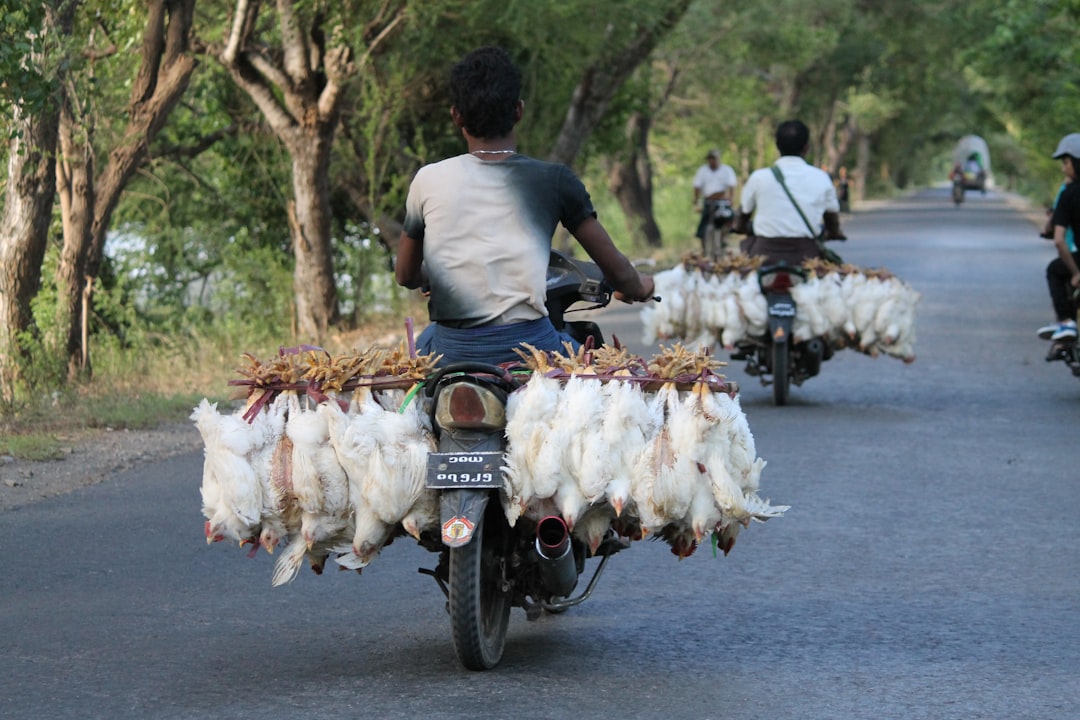- No More Dolphin Shows in Spain!
- OctoFest 2023: The Fight for Cephalopod Freedom Begins!
- Stop Gran Canaria Octopus Farm
- Help Tortured Gran Canaria Camels
- End Orca Shows in Loro Parque, Tenerife NOW!
- Jamón's Blood Stain: The Gruesome Reality Behind Spain's Favourite Dish
- Ditch the Carnivore Club and Join the Vegolution!
- Stand Against the Savage Spectacle: Help End Pamplona's Running of the Bulls
- Blog
The Role of Animal Agriculture in Climate Change
Animal agriculture is one of the most significant contributors to climate change, accounting for approximately 14.5% of global greenhouse gas emissions. This sector not only generates carbon dioxide but also methane and nitrous oxide, which are even more potent greenhouse gases.
The environmental impact of animal agriculture is multifaceted. It involves deforestation, water pollution, and soil degradation, among others. The production of animal feed crops, such as soy and corn, requires vast amounts of land, water, and fertilizers, leading to deforestation and soil depletion. Additionally, animal waste and fertilizers used in animal agriculture contribute to water pollution and eutrophication. These environmental issues have far-reaching consequences, including loss of biodiversity and habitat destruction.
The impact of animal agriculture on greenhouse gas emissions
The livestock sector is responsible for a significant portion of global greenhouse gas emissions. The three primary greenhouse gases produced by animal agriculture are:
- Carbon dioxide (CO2): generated by the burning of fossil fuels to produce electricity and heat.
- Methane (CH4): produced by enteric fermentation in ruminant animals' digestive systems and manure management systems.
- Nitrous oxide (N2O): produced by the use of nitrogen fertilizers in animal feed production and manure management.
The impact of these gases on the environment is significant. Methane, for example, is over 20 times more potent than carbon dioxide in terms of its warming potential. Nitrous oxide has a warming potential of 300 times that of carbon dioxide.
The role of animal agriculture in deforestation
The production of animal feed crops, such as soy and corn, requires vast amounts of land. In many cases, forests are cleared to make way for these crops, leading to deforestation. Deforestation has far-reaching consequences, including habitat loss, soil degradation, and biodiversity loss. It also contributes to climate change by reducing the number of trees available to absorb carbon dioxide.

The impact of animal agriculture on water resources
Animal agriculture is a significant contributor to water pollution. The runoff from animal waste and fertilizers used in animal agriculture can contaminate nearby water sources, leading to eutrophication and dead zones. Eutrophication occurs when excess nutrients, such as nitrogen and phosphorus, enter a water body, leading to an overgrowth of algae and other aquatic plants. The excess plant growth depletes the oxygen in the water, leading to the death of fish and other aquatic life.

The environmental impact of animal agriculture is significant and far-reaching. It contributes to climate change, deforestation, water pollution, and soil degradation. Reducing our reliance on animal products is one way to mitigate the impact of animal agriculture on the environment. This can be achieved through plant-based diets, reducing food waste, and supporting sustainable farming practices.
